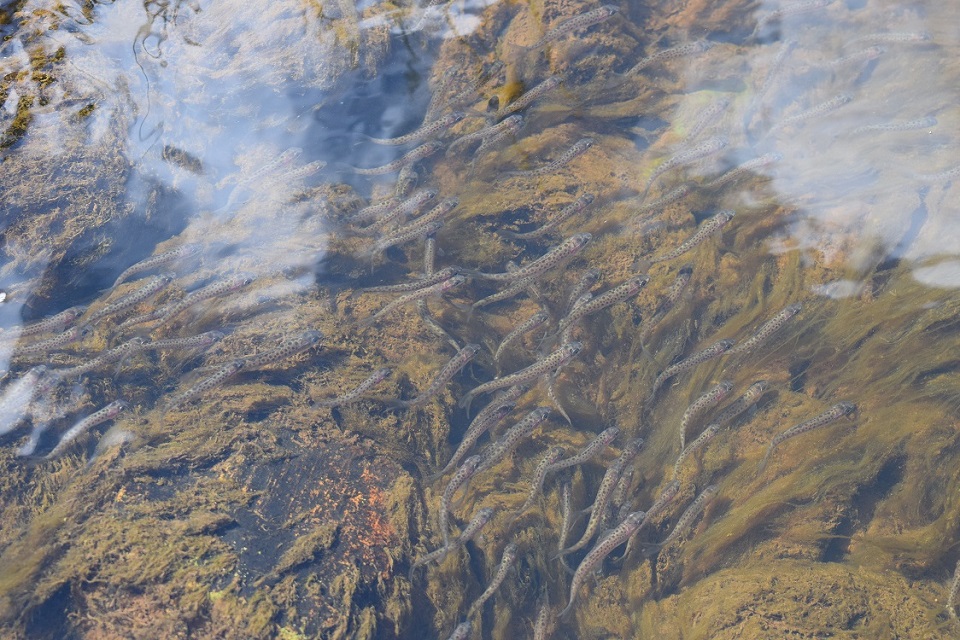Press release: Fish stocks boost for north east rivers
The Environment Agency has released 12,000 young grayling to give fish stocks a boost in north east rivers.
The fish were released this week into the rivers Deerness, Browney, Blyth and Skerne as well as Langley Beck at Staindrop and Aldbrough Beck near Darlington.
It’s part of the Environment Agency’s ongoing plans to develop and restore rivers in the region, targeting those which have been affected by pollution or where barriers affect fish passage.
The fish were reared at the Environment Agency’s fish farm near Calverton, Nottinghamshire, using funding from rod licence sales.
Help the process of natural recovery
Fisheries Officer Paul Frear was out releasing some of the grayling in the south of the region on Tuesday (1 August). He said:
We’re pleased we can provide these fish for restocking as part of our commitment to rod licence paying anglers and to help the process of natural recovery in waters which have been impacted by pollution or suffered poor water quality.
While it’s a really important aspect of our work, it’s one of many things we do together with our partners to develop fisheries, including reducing the effects of pollution, improving habitat and removing barriers to fish migration.

Improved water quality
The Environment Agency releases fish into our waterways regularly. Fisheries officers target fish stocking activity in response to impacts on local rivers and using data from national fish surveys to identify where there are problems with poor breeding and survival.
Many of our industrialised rivers have improved dramatically in water quality in the last 30 years and targeted and appropriate restocking has helped the restoration of natural fish stocks and viable fisheries.
Angling is a great way for everyone to keep healthy and enjoy the natural environment. All rod licence income is used to fund work to protect and improve fish stocks and fisheries.
Anyone who wants to go fishing needs to buy a fishing licence. A full annual licence costs £30 (short term and some concessionary licences are also available) and are available online.

